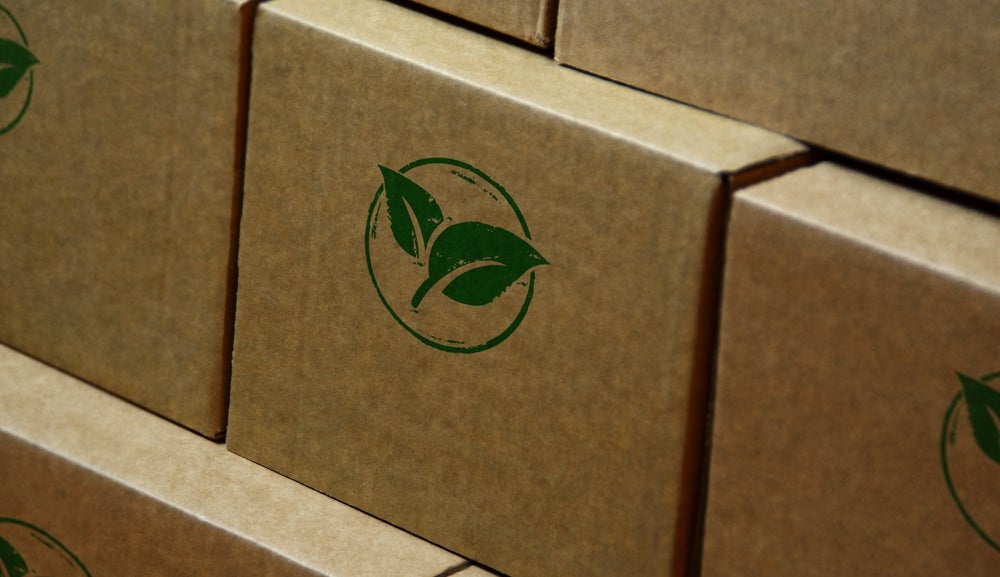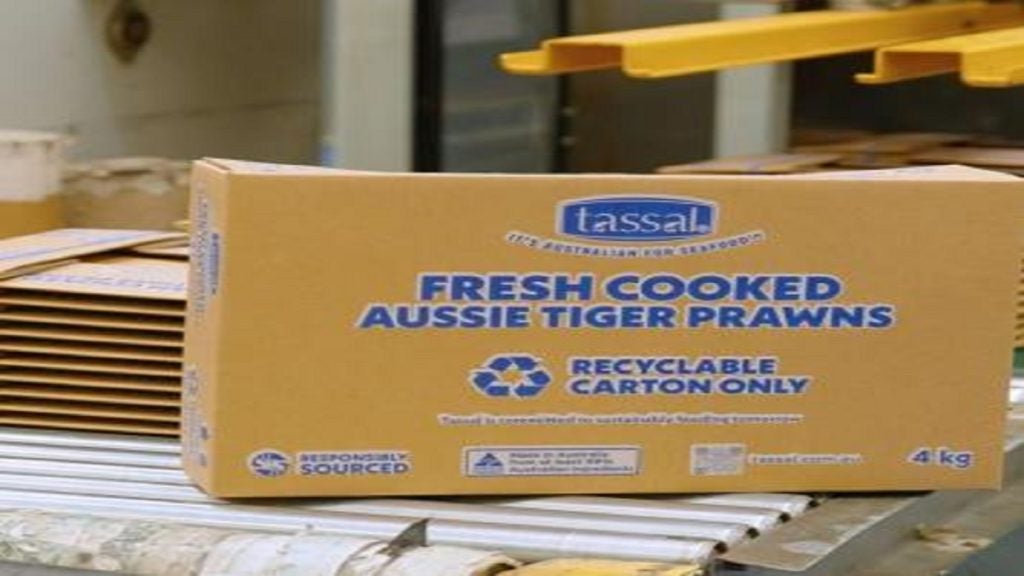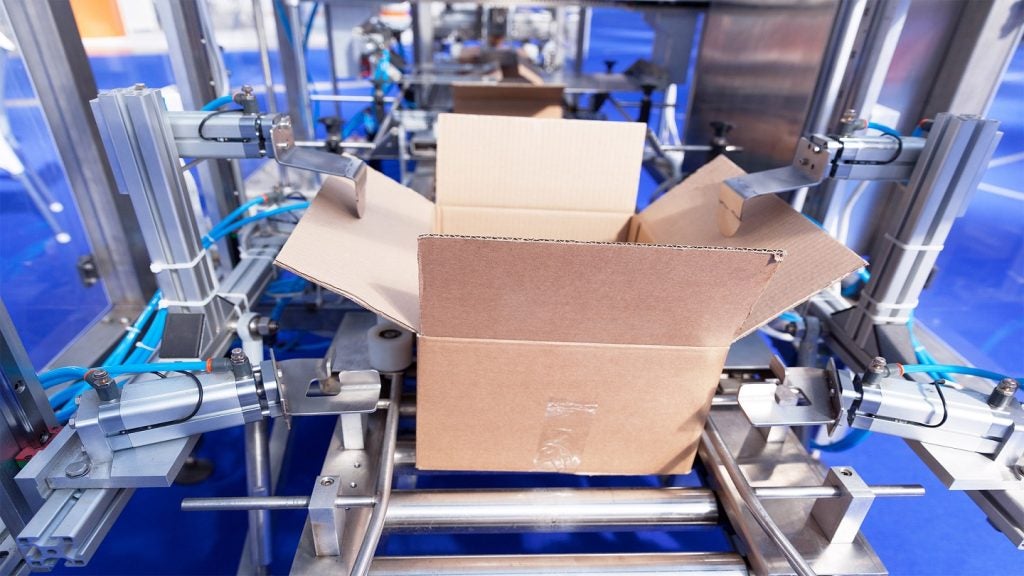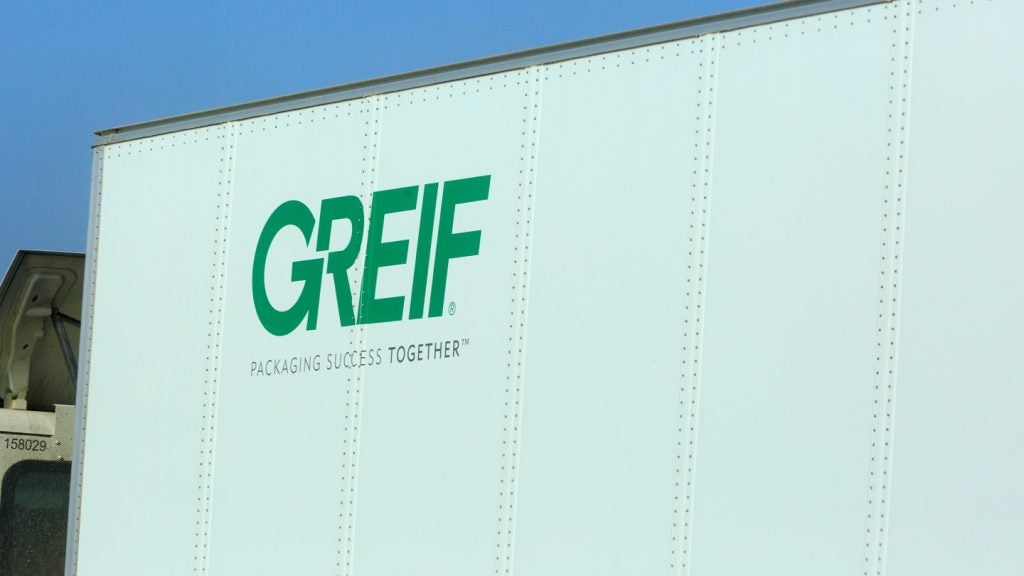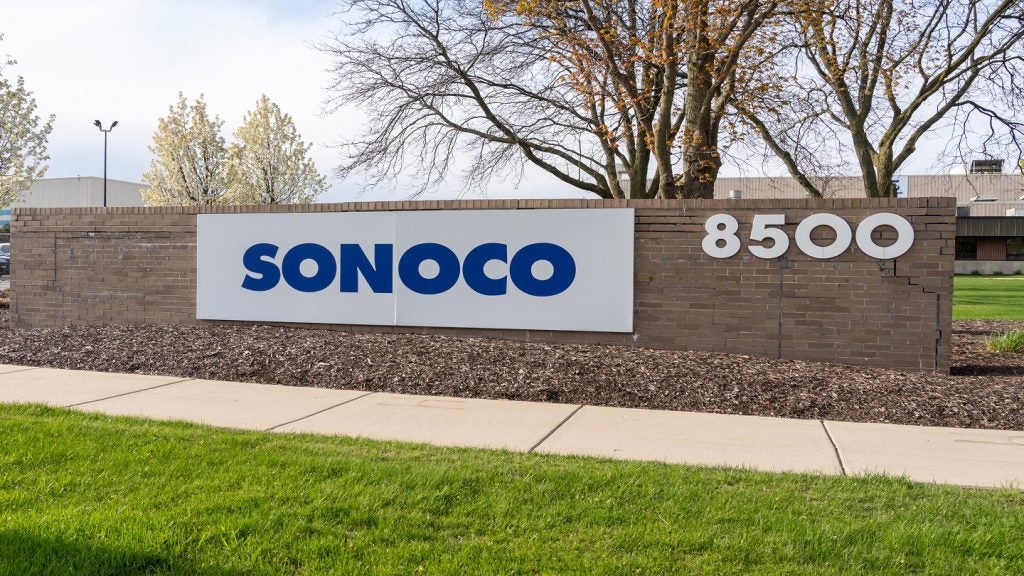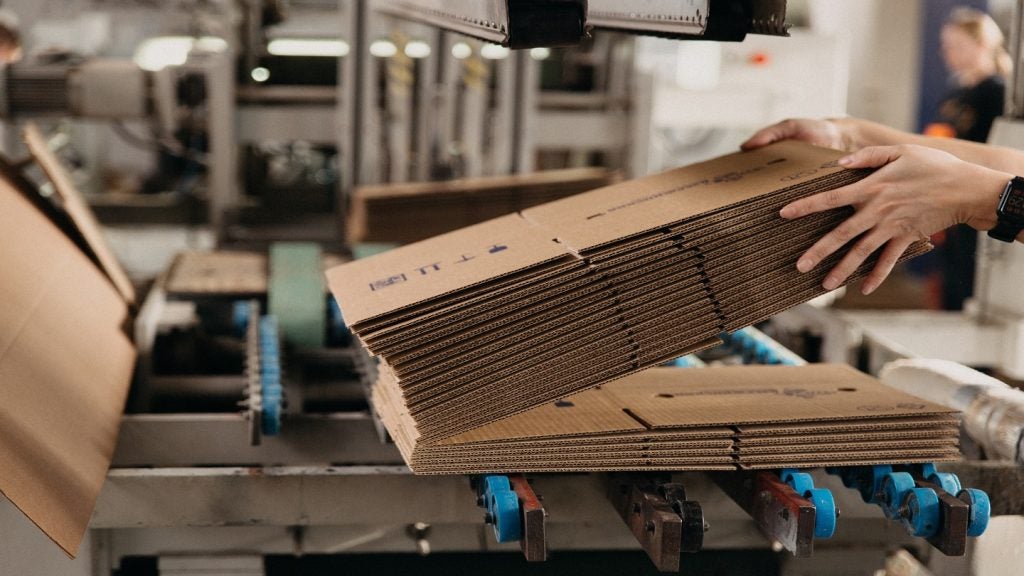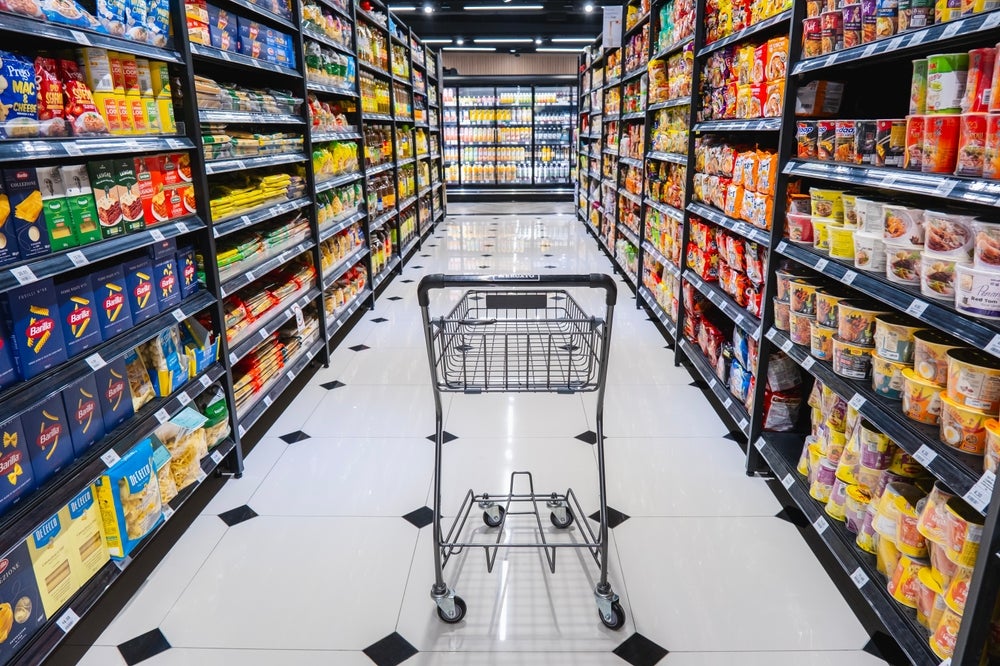The shift towards eco-friendly packaging is set to accelerate in 2025, with sustainable materials taking centre stage. Consumer awareness of environmental concerns has never been higher, and businesses are responding with packaging innovations that reduce waste, lower carbon emissions, and enhance recyclability.
One of the most notable trends is the rise of bio-based materials. Plant-based plastics, algae-derived films, and mushroom-based packaging are gaining traction as viable alternatives to traditional petroleum-based plastics.
These materials not only decompose naturally but also reduce reliance on fossil fuels.
Recycled materials are also playing a crucial role in the sustainable packaging movement. Brands are increasingly using post-consumer recycled (PCR) content in their packaging, reducing the demand for virgin materials.
Paper and cardboard packaging, often sourced from sustainably managed forests, continue to be popular due to their recyclability and consumer-friendly appeal.
Meanwhile, biodegradable and compostable packaging options are evolving to meet both environmental and functional demands. Companies are investing in materials that break down efficiently under industrial composting conditions while maintaining durability for product protection.
The move towards sustainable materials is no longer just an option but a necessity for brands looking to align with consumer expectations and regulatory pressures.
Regulatory shifts drive innovation
Governments across the globe are tightening regulations on packaging waste, pushing companies to adopt eco-conscious practices. In the UK and EU, Extended Producer Responsibility (EPR) policies are becoming more stringent, making producers accountable for the entire lifecycle of their packaging.
The upcoming Plastic Packaging Tax revisions are expected to place further financial pressure on businesses that fail to incorporate recycled content.
As regulations become more rigorous, businesses are investing in innovation to stay ahead. Smart packaging solutions, such as QR codes that guide consumers on proper disposal methods, are becoming increasingly common.
These digital integrations not only improve sustainability efforts but also enhance customer engagement by offering transparency about packaging materials and their environmental impact.
Moreover, refillable and reusable packaging systems are gaining popularity. Major brands are exploring circular packaging models where consumers can return containers for reuse.
Supermarkets are introducing refill stations for products like detergents, personal care items, and dry foods, reducing reliance on single-use plastics. Such initiatives align with both regulatory requirements and consumer demand for waste reduction.
Consumer demand shapes packaging strategies
Consumer preferences are significantly influencing the direction of eco-friendly packaging trends in 2025. Shoppers are actively seeking brands that prioritise sustainability, and companies that fail to adapt risk losing market share.
A growing number of consumers are scrutinising packaging labels, looking for certifications such as FSC (Forest Stewardship Council) and plastic-free seals.
Minimalist packaging is another rising trend, driven by the preference for less material usage and a cleaner aesthetic. Excessive packaging is increasingly seen as wasteful, prompting brands to adopt streamlined designs with fewer layers.
Packaging that serves multiple functions, such as being repurposed for storage or converted into another useful item, is also gaining traction.
Transparency is now a key factor in packaging design. Brands are openly communicating their sustainability commitments, providing clear information on materials used and their environmental impact.
Digital packaging innovations, such as augmented reality (AR), allow consumers to scan packaging for deeper insights into sourcing, production, and disposal methods.
Looking ahead, eco-friendly packaging will continue to evolve as businesses refine their strategies to meet environmental targets and consumer expectations.
The industry is on the cusp of transformative change, and those embracing sustainable innovations will not only enhance their brand reputation but also contribute to a more circular economy.
As 2025 approaches, the message is clear—eco-packaging is not just a trend but a fundamental shift shaping the future of the industry.


